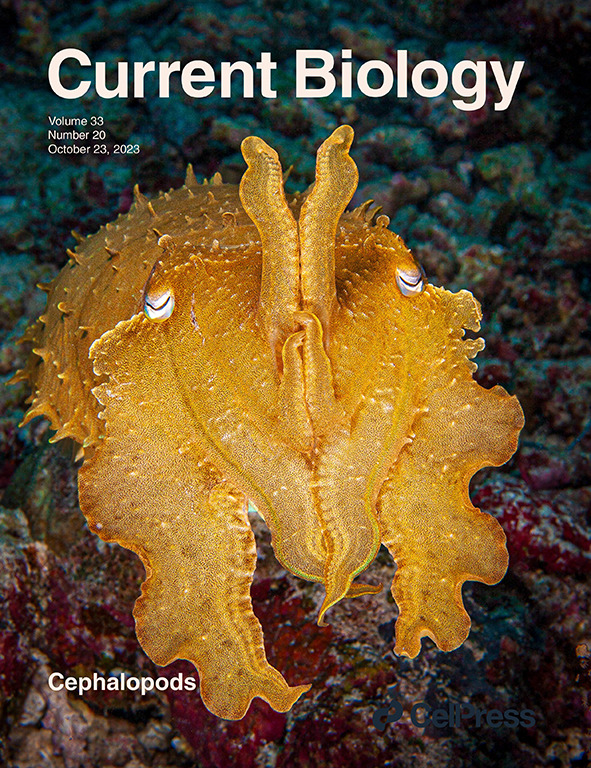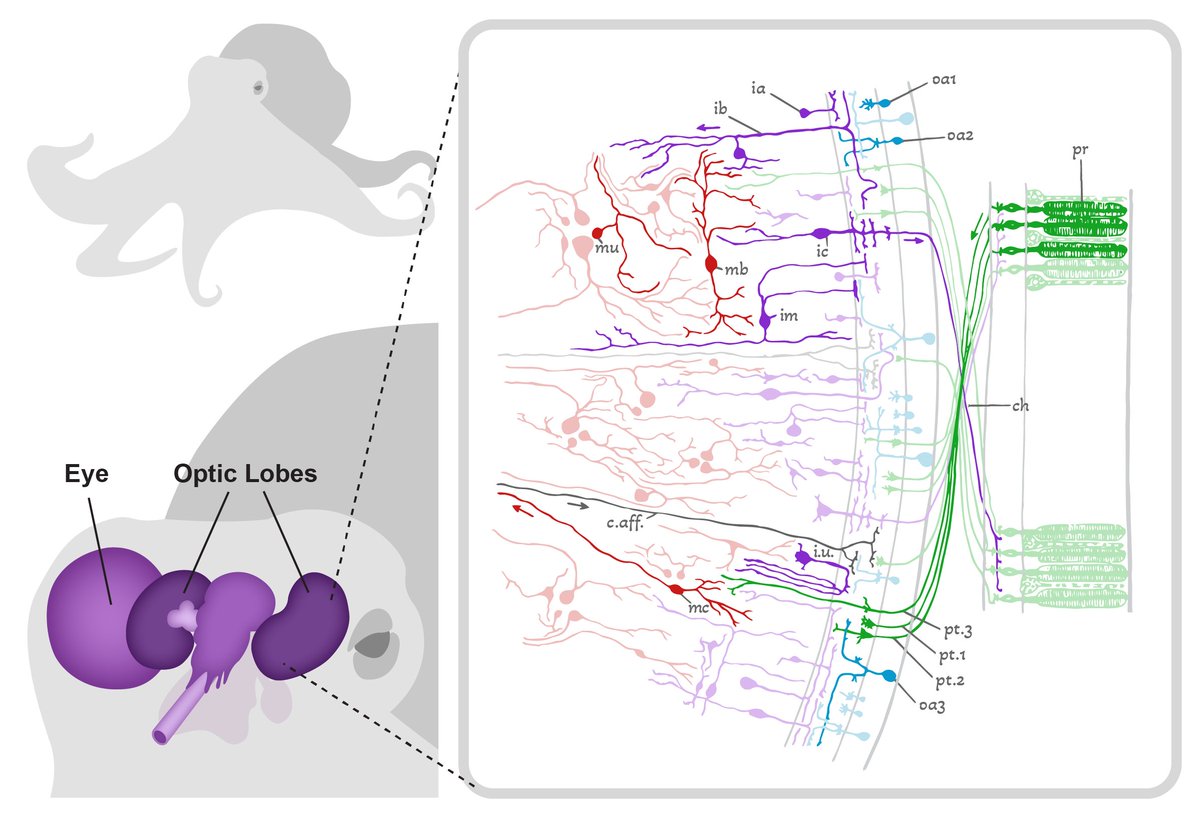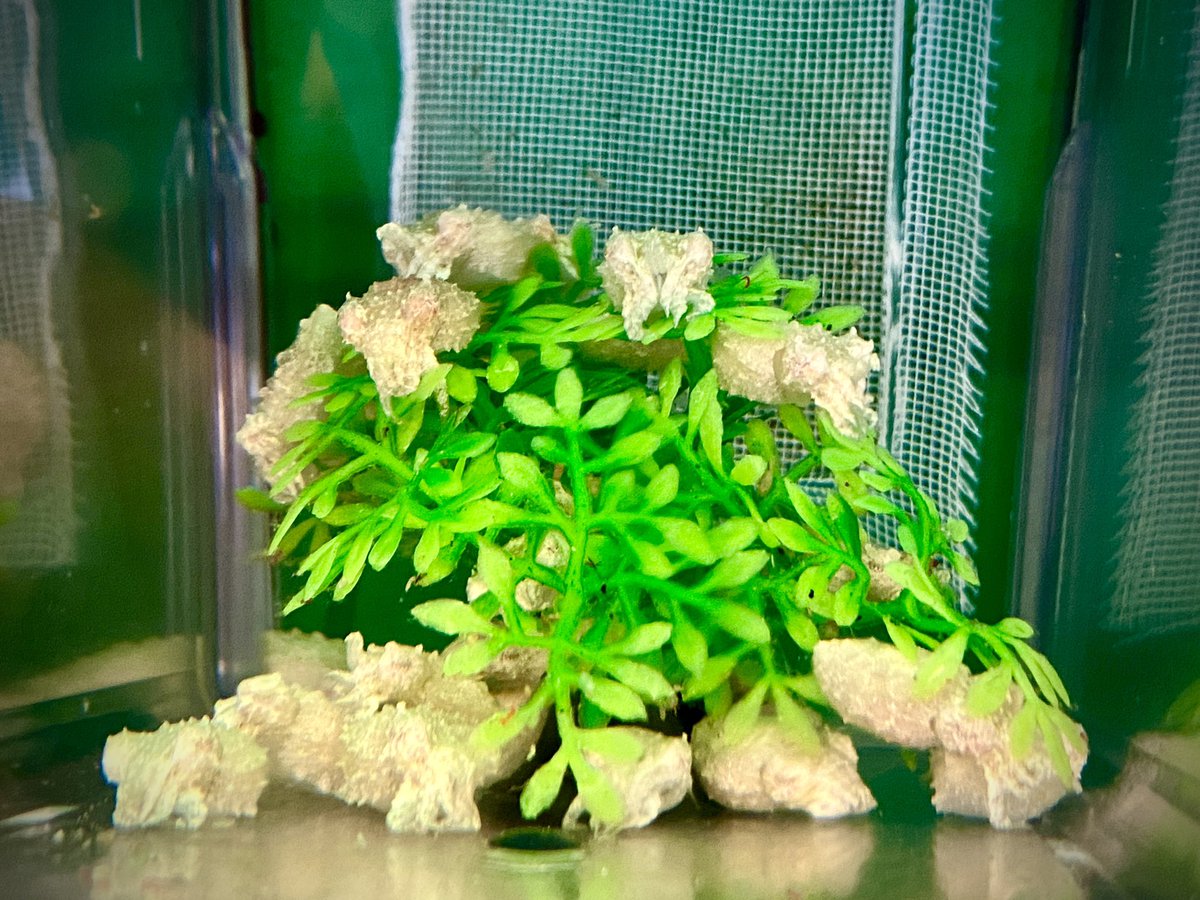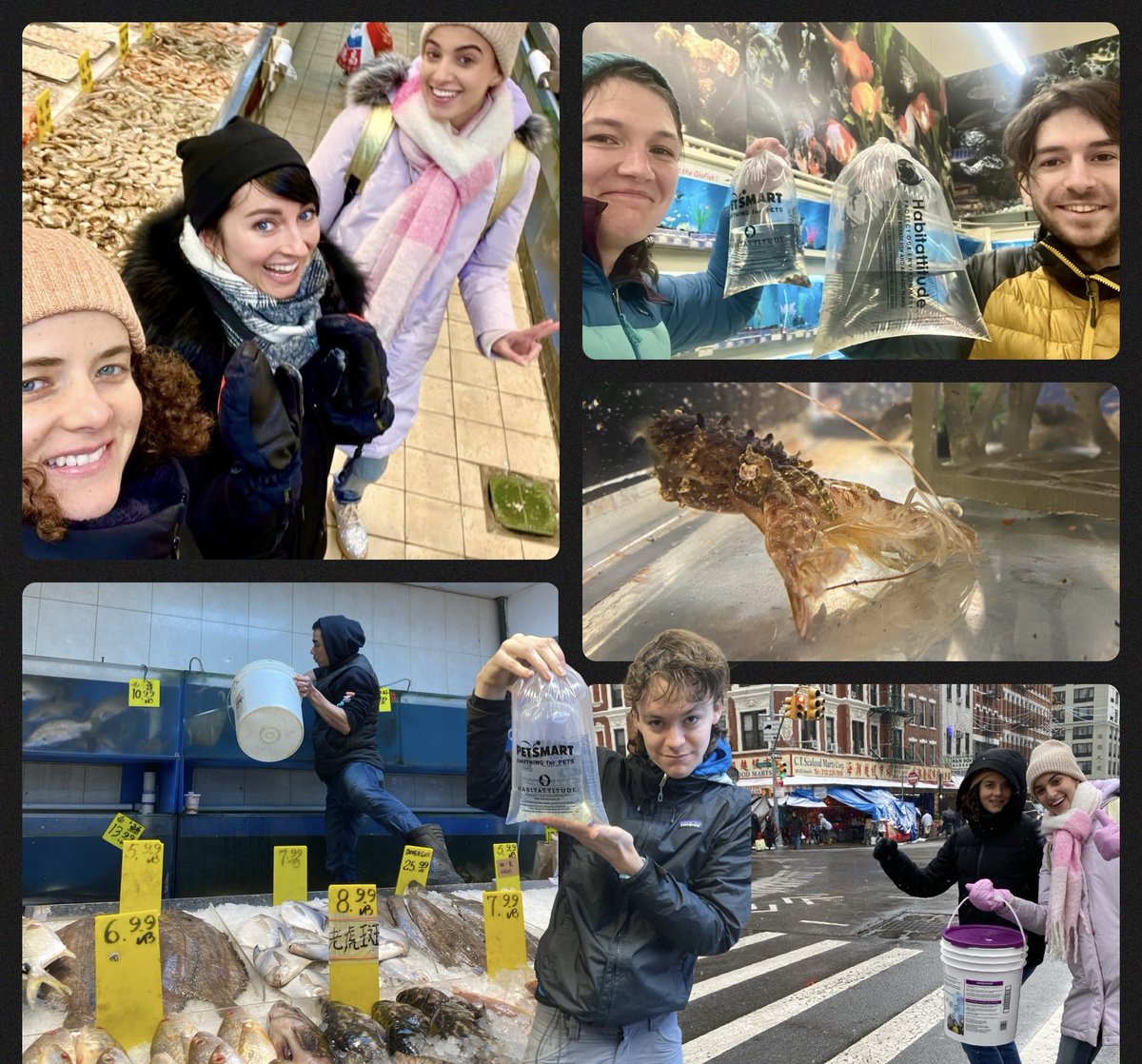
Erica Shook
@ershook
cephalopod brains!
PhD candidate Columbia @cu_neurotheory
previous @uclcsml, @davidsonCollege, @realitylabs @MIT_cbmm, @flatironCCN
ID: 3809790855
https://www.axellab.columbia.edu/erica-shook 29-09-2015 02:07:46
88 Tweet
218 Followers
220 Following


Are the invariances of artificial neural networks aligned with those of humans? Check out our paper, now out in Nature Neuroscience! w/ my PhD advisor Josh McDermott and collaborators Aleksander Madry & Guillaume Leclerc. See 🧵 for highlights. nature.com/articles/s4159… 🧵1/N
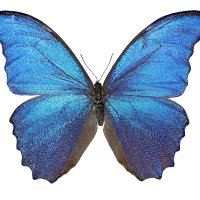
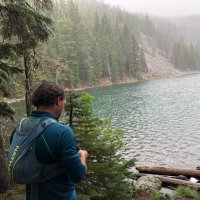

As part of our #cephalopods special Tessa Montague introduces the spectacular color and shape shifting skills of #octopuses & #cuttlefish and their neural control cell.com/current-biolog…
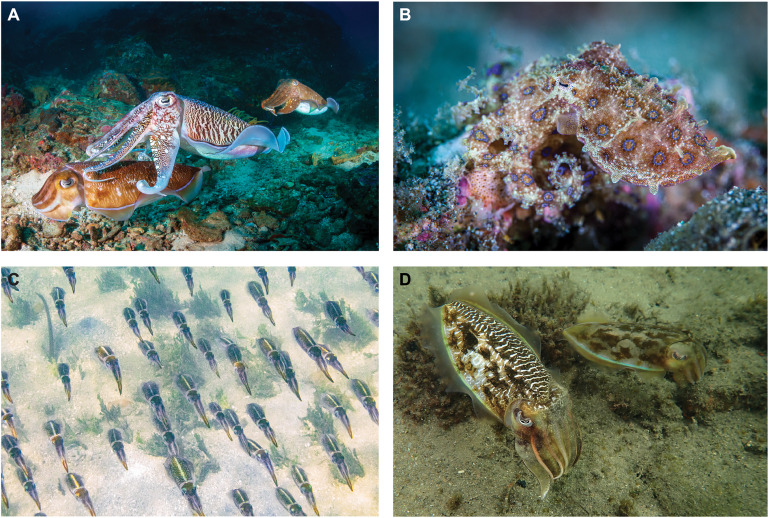





Chilling out in NYC with #MSRPBio alums MAYA Maya Taliaferro a grad student New York University & ERICA Erica Shook a grad student Columbia University Reminiscing about the good times MIT Brain and Cognitive Sciences CBMM
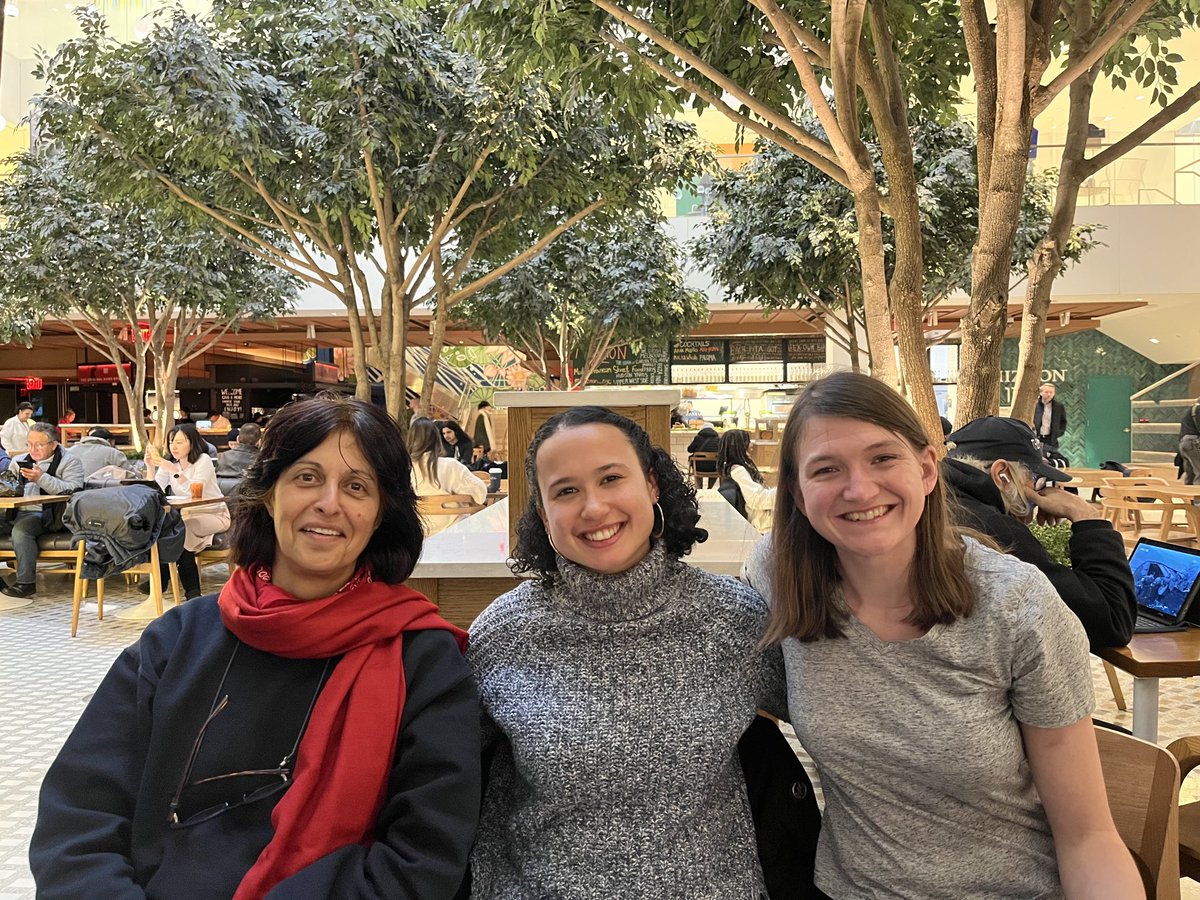



Doctoral student Thomas Barlow uses photography to illuminate research spaces and show people what scientists do. By Angie Voyles Askham and rebecca horne thetransmitter.org/the-transmitte…
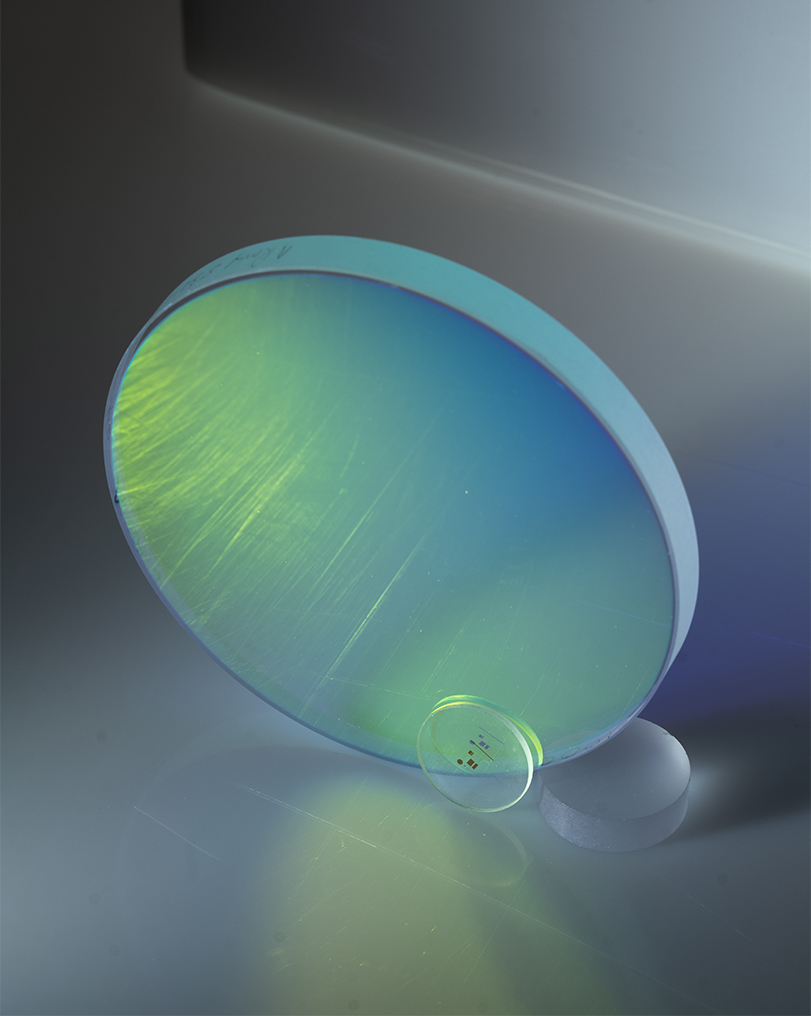


Excited to share our new review: sciencedirect.com/science/articl… w/ Erica Shook, Thomas Barlow, Daniella Garcia-Rosales & Connor Gibbons We discuss the incredible color-changing skin behaviors of cephalopods, which broadcast the animal's perception of the world & internal state ✨ Img: Andre Hernandez
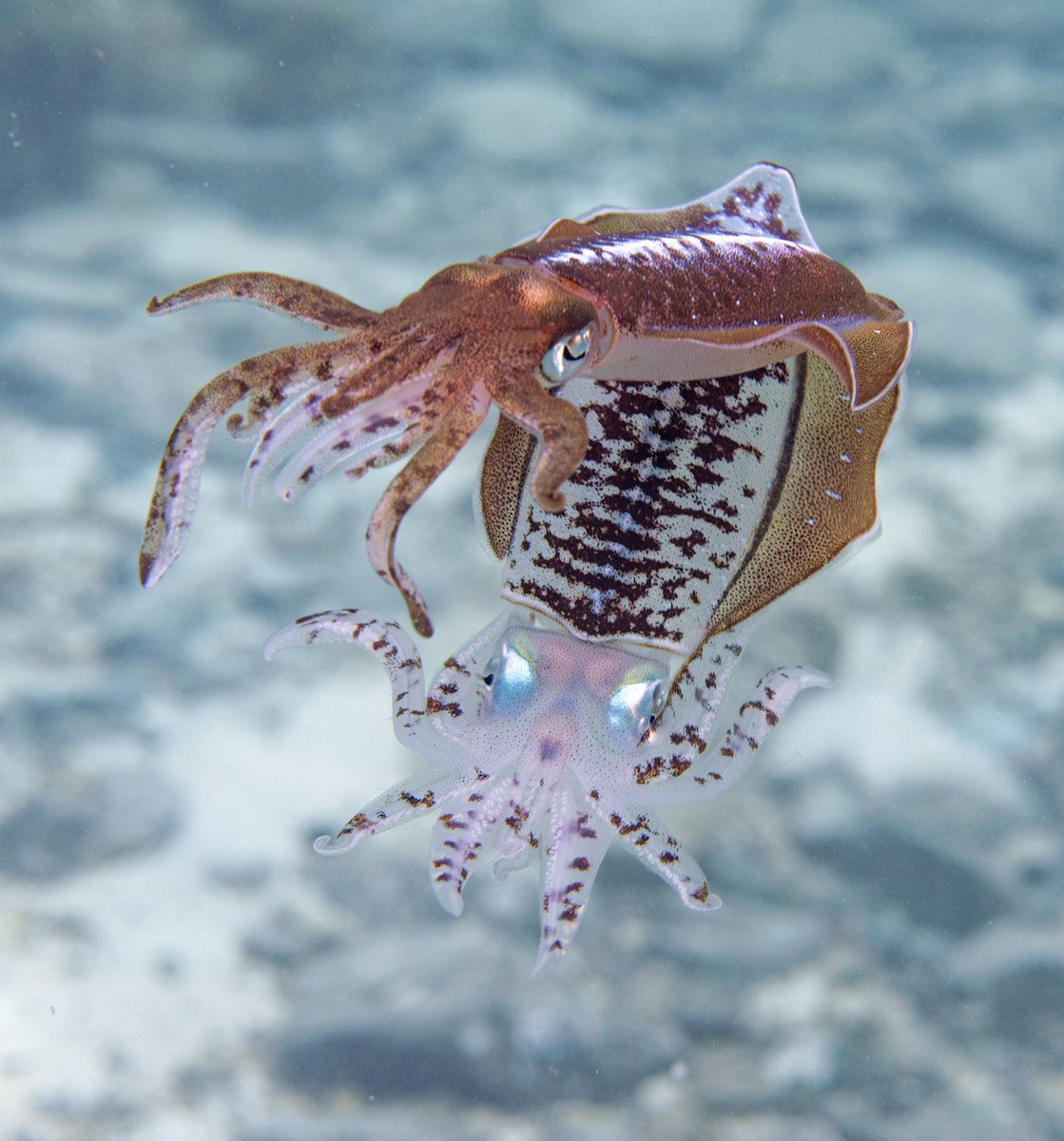

“I reasoned that if an animal is camouflaging, it's basically showing you what it sees on its skin. Therefore, it could teach us about the inner workings of the brain.” Check out the full Q&A with ENSS speaker Dr Tessa Montague (Columbia University's Zuckerman Institute): sainsburywellcome.org/web/qa/unveili…
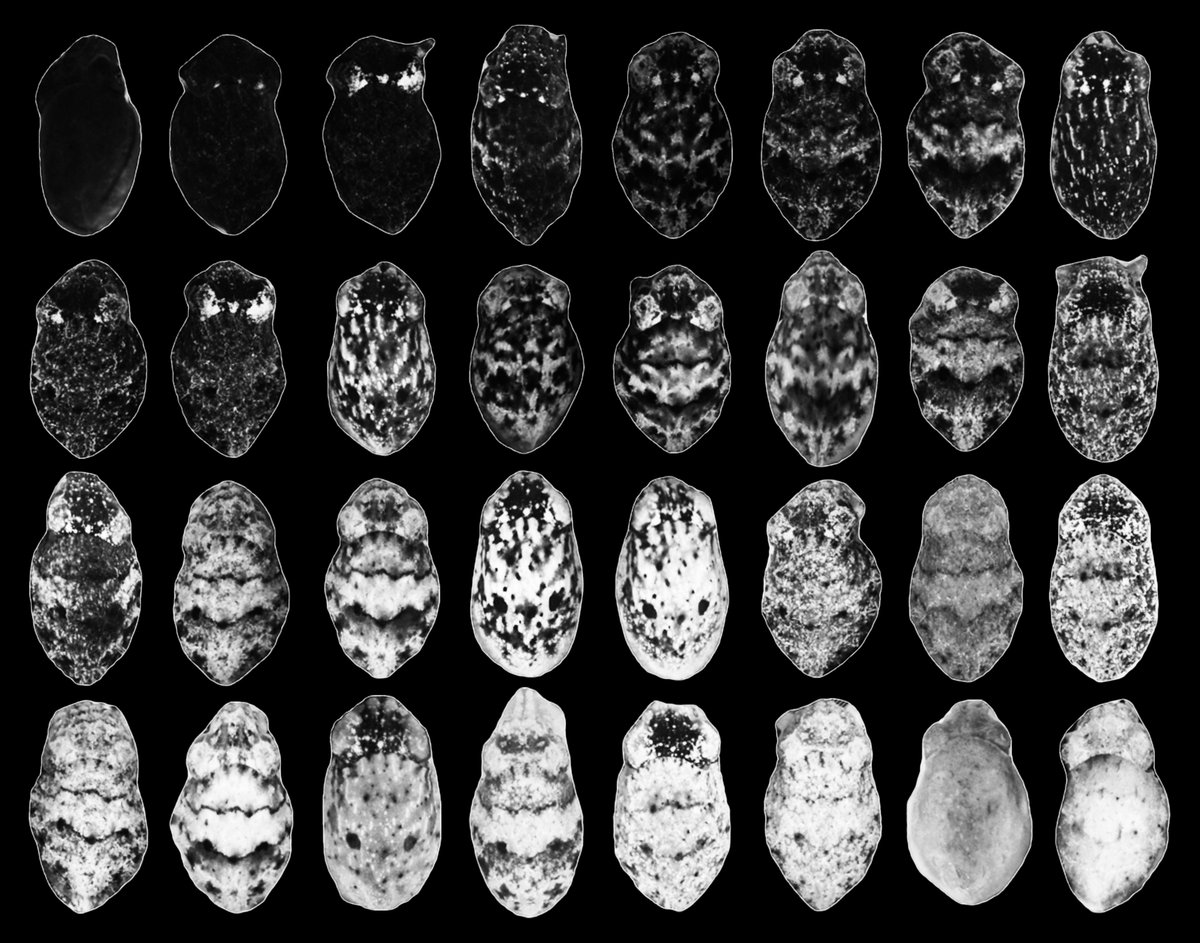



How do we sample from conditional densities with diffusion models, without estimating the exact conditional score? Check out our paper: arxiv.org/pdf/2410.11646. Joint work with Eero Simoncelli & Stephane Mallat
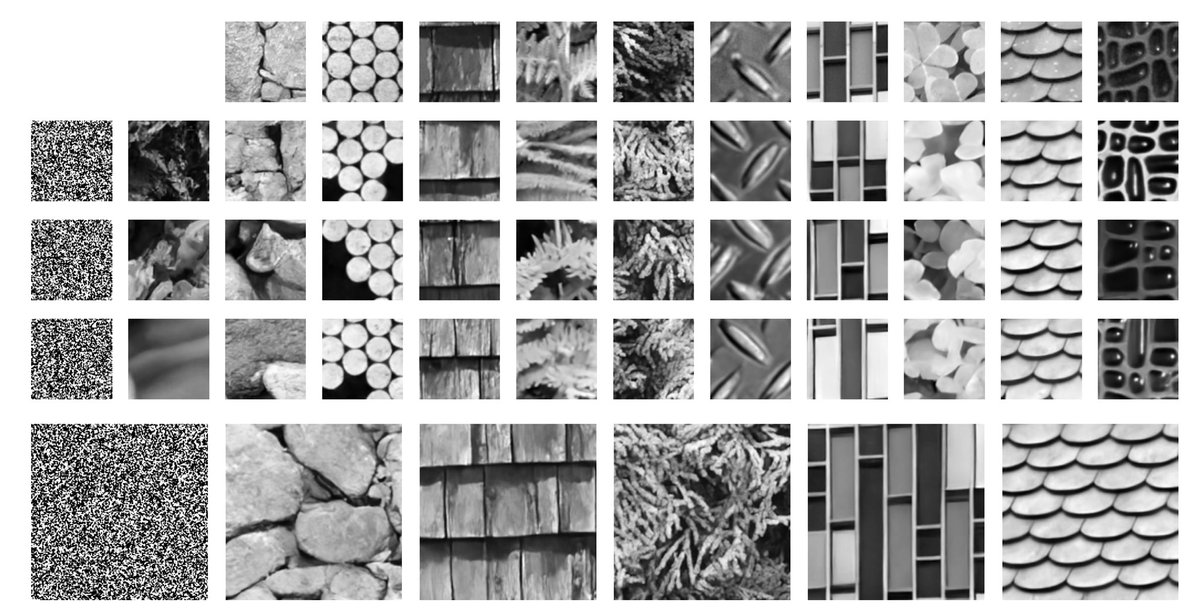

New paper from our lab, by Jarrod Hicks. Shows that people use the statistical properties of background noise to hear concurrent “foreground” sounds. Read on for highlights (1). pnas.org/doi/10.1073/pn… MIT Science MIT Brain and Cognitive Sciences McGovern Institute CBMM
